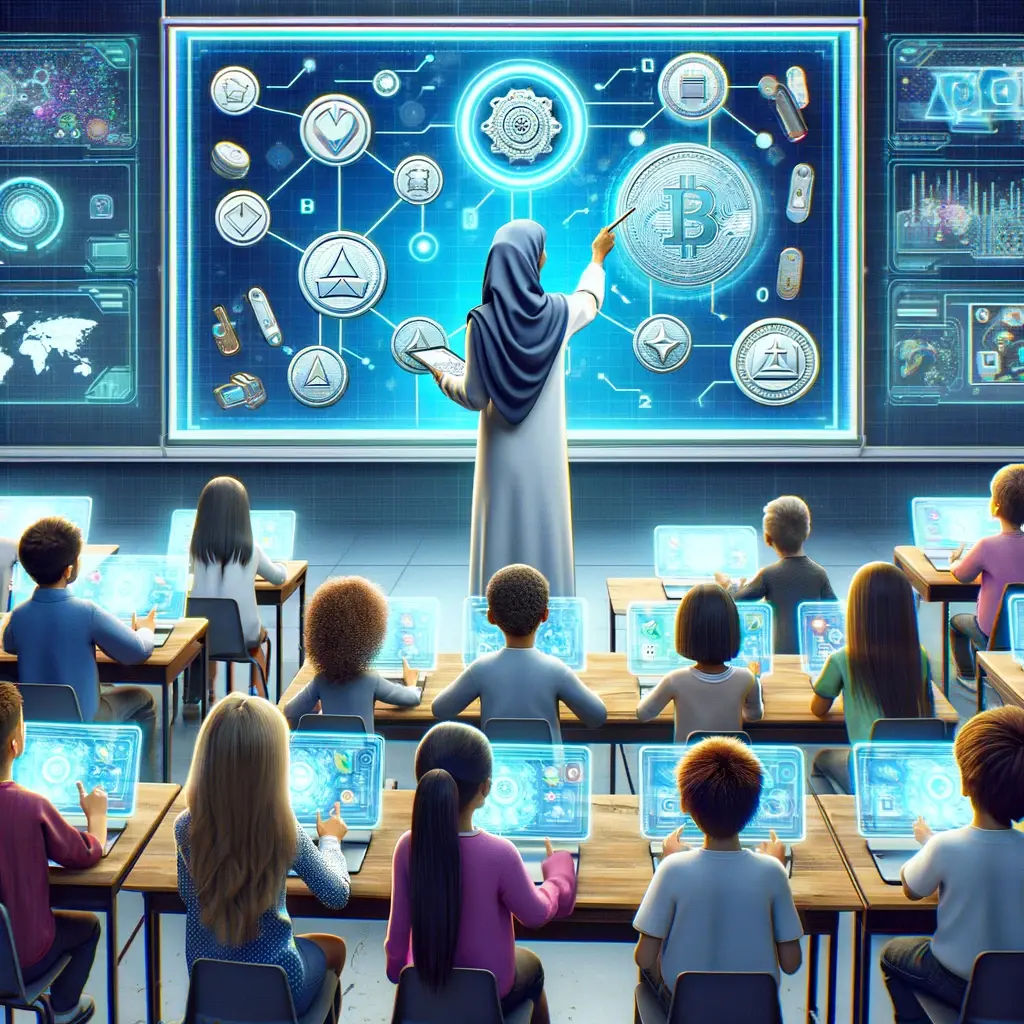
Cross-Cultural Learning, our Path to the Future
Multicultural education is essential for students to develop a broader worldview and become the more open-minded individuals essential for tomorrow's society.
The Importance of Multicultural Education in Our Globalized Society
By The UNI-Verse Team
December 27, 2023

In today's globalized world, multicultural education and cross-cultural learning are becoming increasingly important. As societies become more diverse and interconnected, it is crucial for individuals to develop an understanding and appreciation for different cultures. Multicultural education aims to provide students with the knowledge, skills, and attitudes needed to thrive in an increasingly diverse world. It promotes cultural competence, empathy, and respect for others, fostering a more inclusive and harmonious society. In this article, we will explore the concept of multicultural education, its benefits, and effective strategies for implementing cross-cultural learning in educational settings.
The Importance of Multicultural Education
Multicultural education is essential for preparing students to live and work in a multicultural society. By exposing students to diverse perspectives, cultures, and histories, it helps them develop a broader worldview and become more open-minded individuals. This type of education challenges stereotypes and biases, promoting social justice and equality. It also enhances critical thinking skills as students learn to analyze and evaluate different cultural practices and beliefs. Additionally, multicultural education helps students develop intercultural communication skills, which are crucial in an interconnected world where individuals from different backgrounds are increasingly collaborating and interacting.
Benefits of Multicultural Education
1. Promotes Cultural Competence
One of the primary benefits of multicultural education is the promotion of cultural competence. Cultural competence refers to the ability to interact effectively with people from different cultures. By learning about different cultures, students gain a deeper understanding of their own culture and become more empathetic towards others. This understanding allows them to navigate diverse social situations and work effectively in multicultural teams.
2. Fosters Inclusion and Equity
Multicultural education promotes inclusion and equity by addressing power imbalances and promoting equal opportunities for all students. It challenges the dominant narratives and perspectives in educational curricula, ensuring that marginalized voices and histories are represented. This fosters a sense of belonging among all students, regardless of their cultural backgrounds, and helps create a more inclusive and equitable learning environment.
3. Enhances Global Awareness
In an increasingly interconnected world, it is crucial for individuals to have global awareness. Multicultural education exposes students to different cultures, languages, and belief systems, helping them develop a global perspective. It encourages them to think beyond their immediate surroundings and consider the impact of their actions on a global scale. This global awareness is crucial for addressing global challenges such as climate change, poverty, and social injustice.
4. Strengthens Social Cohesion
Multicultural education plays a vital role in strengthening social cohesion within communities. By promoting understanding and tolerance, it helps reduce prejudice, discrimination, and stereotypes. Students who receive multicultural education are more likely to respect and appreciate diversity, leading to a more cohesive and harmonious society. This, in turn, fosters social and economic development by creating an environment where individuals from different backgrounds can work together towards common goals.
Strategies for Implementing Cross-Cultural Learning
Implementing cross-cultural learning requires thoughtful planning and strategies to ensure its effectiveness. Here are some key strategies that educators can employ:
1. Incorporate Multicultural Content in the Curriculum
One of the most effective ways to promote cross-cultural learning is by incorporating multicultural content into the curriculum. This can be done by including literature, history, and social studies materials from diverse cultures. It is important to ensure that the content is accurate, authentic, and representative of different cultural perspectives. Incorporating multicultural content not only exposes students to different cultures but also helps them see the connections and commonalities among diverse groups.
2. Provide Cultural Exchange Opportunities
Organizing cultural exchange programs, field trips, and guest speaker sessions can provide students with firsthand experiences of different cultures. These opportunities allow students to interact with individuals from different cultural backgrounds, ask questions, and learn directly from their experiences. Cultural exchange programs can be organized within the school community or in collaboration with other schools or organizations.
3. Foster Multicultural Dialogue and Discussions
Creating a safe and inclusive space for multicultural dialogue and discussions is essential for cross-cultural learning. Teachers should encourage open discussions where students can share their perspectives, ask questions, and challenge their own assumptions. This helps students develop critical thinking skills and empathy towards others. Teachers should also be prepared to address any misconceptions or stereotypes that may arise during these discussions.
4. Promote Intercultural Collaboration and Projects
Collaborative projects that require students to work in diverse teams can be an effective way to promote cross-cultural learning. By working together towards a common goal, students learn to appreciate and value different perspectives. These projects can be designed to address real-world issues or explore cultural themes. They provide an opportunity for students to learn from each other's experiences and build lasting connections.
Multicultural education and cross-cultural learning play a crucial role in preparing students for life in an increasingly diverse and interconnected world. By promoting cultural competence, fostering inclusion and equity, enhancing global awareness, and strengthening social cohesion, multicultural education ensures that students are equipped with the skills and knowledge needed to thrive in diverse environments. By implementing strategies such as incorporating multicultural content in the curriculum, providing cultural exchange opportunities, fostering multicultural dialogue, and promoting intercultural collaboration, educators can create a learning environment that celebrates diversity and prepares students to become global citizens.
FAQs (Frequently Asked Questions)
1. What is the role of multicultural education in reducing prejudice and discrimination?
Multicultural education challenges stereotypes and biases by promoting understanding and respect for different cultures. By exposing students to diverse perspectives, it helps reduce prejudice and discrimination by fostering empathy and cultural competence.
2. How can multicultural education benefit students from dominant cultural backgrounds?
Multicultural education benefits students from dominant cultural backgrounds by promoting inclusivity and equity. It helps them develop a deeper understanding of their own culture and encourages them to appreciate and value diversity. This prepares them to navigate diverse social and professional environments.
3. Are there any challenges in implementing multicultural education?
Implementing multicultural education can face challenges such as resistance to change, lack of resources, and the need for professional development for educators. It requires a commitment from educational institutions to address these challenges and create an inclusive learning environment.
4. Can cross-cultural learning be applied outside of educational settings?
Yes, cross-cultural learning can be applied in various settings outside of traditional educational institutions. It is essential in workplaces, community organizations, and any context where individuals from different cultural backgrounds interact.
5. How can parents support cross-cultural learning at home?
Parents can support cross-cultural learning at home by exposing their children to diverse cultures through books, films, and community events. They can encourage open discussions about different cultures and promote respect and empathy towards others.
Popular Articles
-

Dec 25, 2023
Everything You Need to Know About Studying Abroad -

Dec 26, 2023
The Alarming Crisis of U.S. Student Debt -

Dec 28, 2023
Advantages of Studying Abroad -

Dec 29, 2023
Crypto Tokenization in Education -

Jan 03, 2024
Embracing the Journey of Studying Abroad